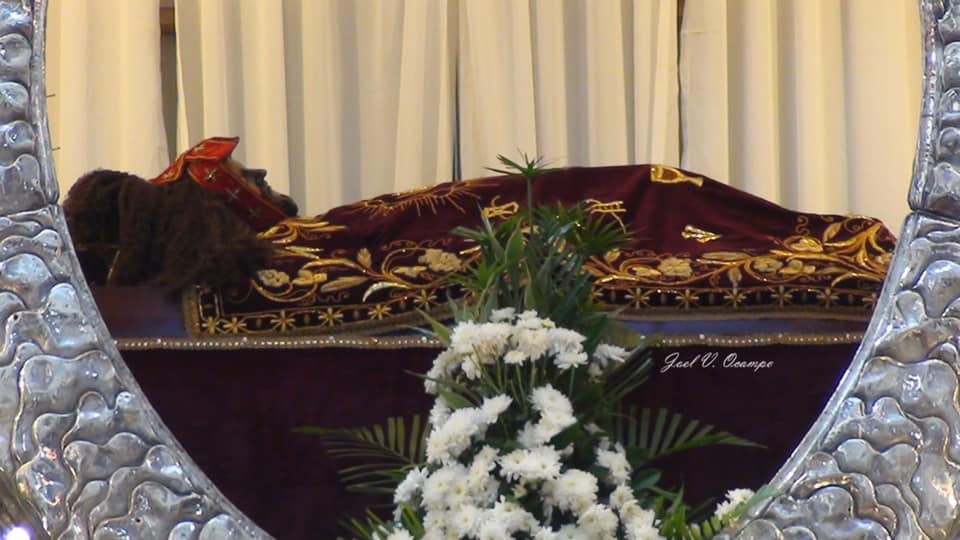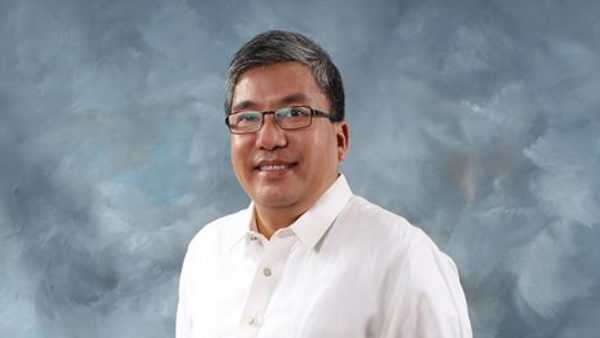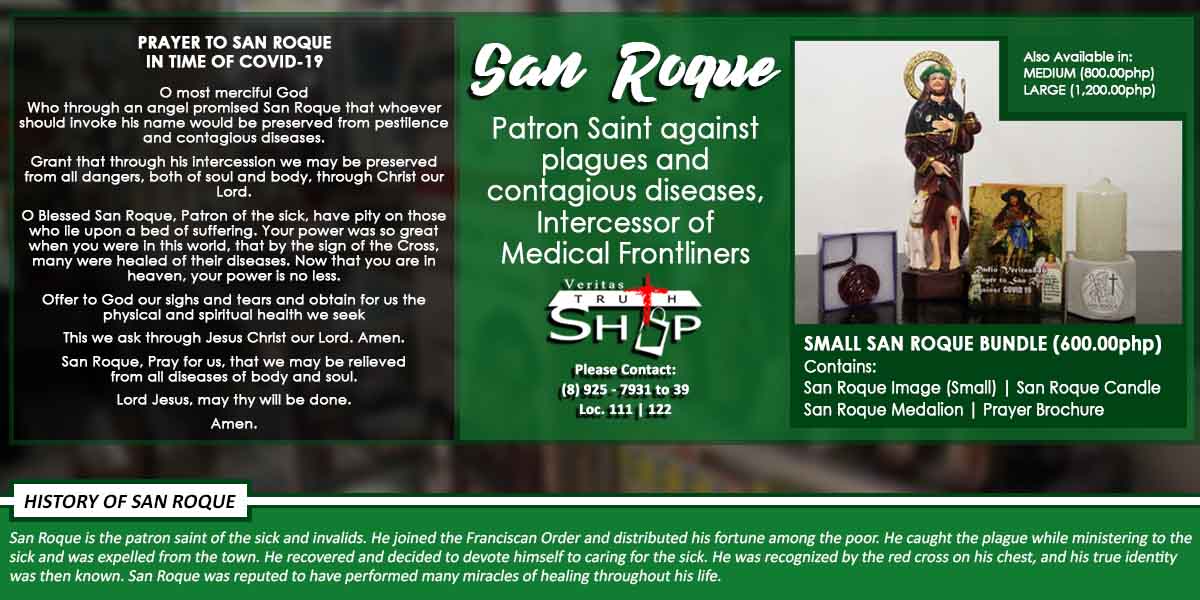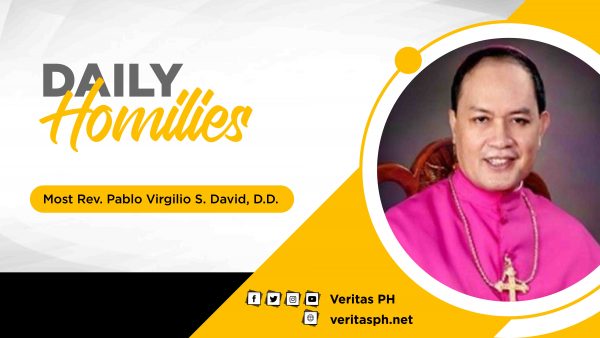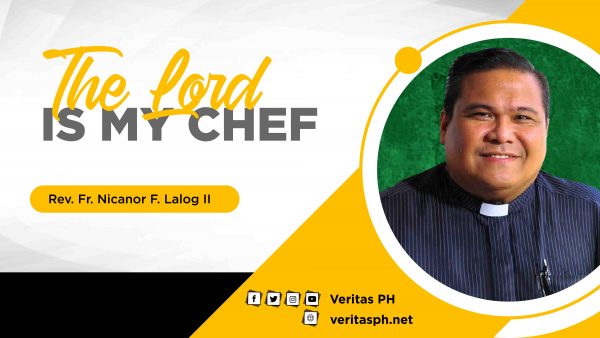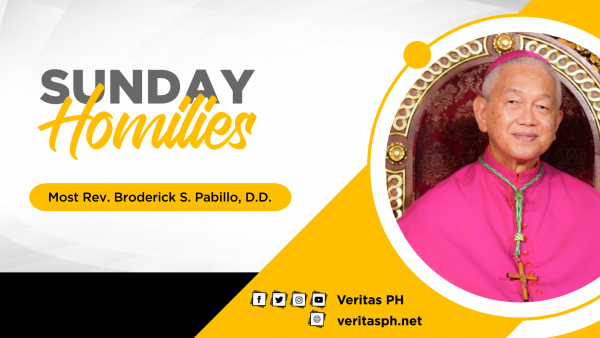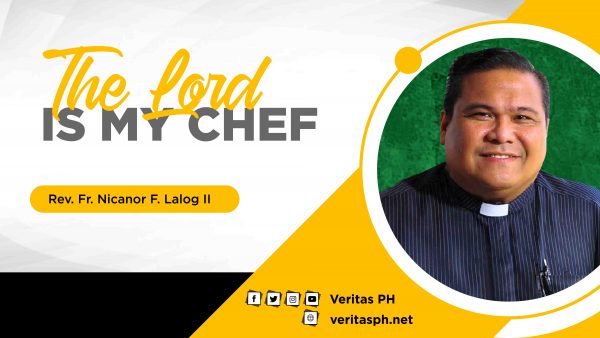321 total views
Homily for All Souls’ Day, 2 November 2021, Wis 3,1-9; Rom 6,3-9; Mt 25,31-46.
There is a very strange kind of devotion that seems to be popular among Mexicans. It is being practiced by some Catholics in that country but it does not seem to have anything to do with the Catholic Christian tradition. It is a devotion that seems to be particularly strong on this day that the Catholic Church observes All Souls Day, for obvious reasons. I am talking about the popular religious veneration of an icon called SANTA MUERTE, literally, HOLY DEATH.
Let me make it immediately clear that there is no such “Saint” in the Catholic roster of saints. So, where is it coming from? Well, your guess is as good as mine.
The typical icon is particularly shocking to the normal sensibilities. It is that of a skeleton with the same kind of vestments which images of saints are dressed up with, sometimes even those associated with the Blessed Mother.
The first time I saw Santa Muerte images in little chapels in Tijuana, Mexico, close to the border between Mexico and the United States in San Diego California, I was shocked to see the morbid image dressed in garments associated with the Virgen de Guadalupe. I saw some devotees stopping by the chapel and making a sign of the cross, which made me shiver. It actually seems to be more of an occult practice that is not even endorsed by the Mexican bishops but could not be stopped by them. Alas, even bishops have no control of popular devotions.
Today’s feast of All Souls makes me wonder if that practice is not a mere product of a lack of basic catechism, or even of a simple miscommunication. I know some Filipinos who think “Santa Cruz” and “Santa Trinidad” are female saints in the Catholic Church’s roster of canonized saints. A better educated Catholic should know that Santa Cruz is Spanish for the Holy Cross, and Santa Trinidad is the Holy Trinity, One God.
Is it possible that a missionary who wasn’t so good at explaining theology spoke to them about the icon of the Santo Entierro or the Santo Sepulcro de Cristo (the Holy Burial or the Holy Sepulcher of Christ) as the “Santa Muerte de Jesus” (the Holy Death of Jesus)? Is it possible that they retained only half of what he had said and related it to some indigenous cult on death? Could it have gone wayward precisely because they forgot to attach it to our commemoration of the Passion and Death of the Lord on Good Friday? Is it possible that a meditation on the image of the dead Jesus was originally promoted as part of the faithful’s preparation for the celebration of the “Dia de los Muertos” (All Souls’ Day)?
This is actually the case in Pampanga, where there is a strong devotion to the @Santo Entierro”. And the icon is endearingly called APUNG MAMACALULU by Kapampangans, meaning, THE LORD WHO BESTOWS MERCY. It is our version of the Divine Mercy, and it is a devotion that is much older than the one promoted by Sr. Faustina Kowalska. The feast of Apu is celebrated on the Friday that is the closest to the Commemoration of the Beloved Departed. But unlike the Divine Mercy icon which is that of the resurrected Christ appearing to the disciples in the upper room, the Kapampangan Apung Mamacalulu icon is that of the dead Christ being prepared for burial in a borrowed tomb. (Lk 23:50-56) It is also about the “Holy Death”; but unlike the Mexican version, it is exclusively about the redeeming death of Christ. (Jn 19:34)
Someone suggested to me that the APU devotion in Pampanga might be a good way of “counteracting” the occultist SANTA MUERTE devotion. It is not not about death personified like the grim reaper of the west, and who is venerated as a female saint in Mexico. I suspect that that devotion is founded on a superstition that, if they pray and make offerings to “Santa Muerte”, they can appease the grim reaper and beg her not to come too soon to claim their loved ones from them.
All Souls’ Day is not just a day of honoring our beloved departed. It is rather an occasion when the Church invites the living to reflect on death and what it is supposed to mean to us as Christians. We are being invited to see our own death as a participation in the death of Christ. Only in that way can stop thinking of death as something grim and fearful, but rather as a reality that we must befriend. Since we are all going to die anyway, we might as well deal with it and accept it rather than struggle with it or run away from it. The only kind of death that is to be feared is a meaningless death.
If being a Christian is being a part of the Body of Christ, it means we are called upon to aspire for a meaningful death by uniting ourselves with the death of Christ. (Rom 6:5) Only Christ can radically change our whole perspective on death. The only death that we call holy is the Death of Christ. Why? Because it is life-giving. It is a death that puts an end to the curse of death. The death of the Lover gives life to the Beloved. Didn’t Jesus say, “There is no greater love than to lay down one’s life for one’s friends.” (Jn 15:13) We can reformulate that and say, “There is no greater love than to participate in the redeeming death of Christ that gives life to the beloved.”
This is the ultimate paradox of the Christian faith—that we believe in a suffering and dying God in Jesus Christ. Come to think of it, how can we even talk of a DYING GOD if we take it for granted that God is eternal and therefore immortal—meaning, HE CANNOT DIE?
But that is precisely the mystery of incarnation. When God embraced our humanity, God also humbled himself and assumed our human mortality. He did it precisely to outwit the evil one who brought about the curse of sin, which is death. Now the Son of God defeats death by redefining it, no longer as the end of life but as the gateway to eternal life. By dying, he destroys our death. By rising he restores our life.
For the past few days now since my brother Dante died of Covid19, we have been praying a beautiful novena prayer in the family. I do not even know who composed it. It is a very consoling prayer. It says,
“Loving Father,�help us to see death for what it really is:
the end of poverty�and the beginning of riches;�The end of frustration�and the beginning of fulfillment;�The end of fear�and the beginning of tranquility;�The end of pain and the beginning of joy;
The end of weakness�and the beginning of strength”.
I think that sums up well what a “Holy Death” means.

